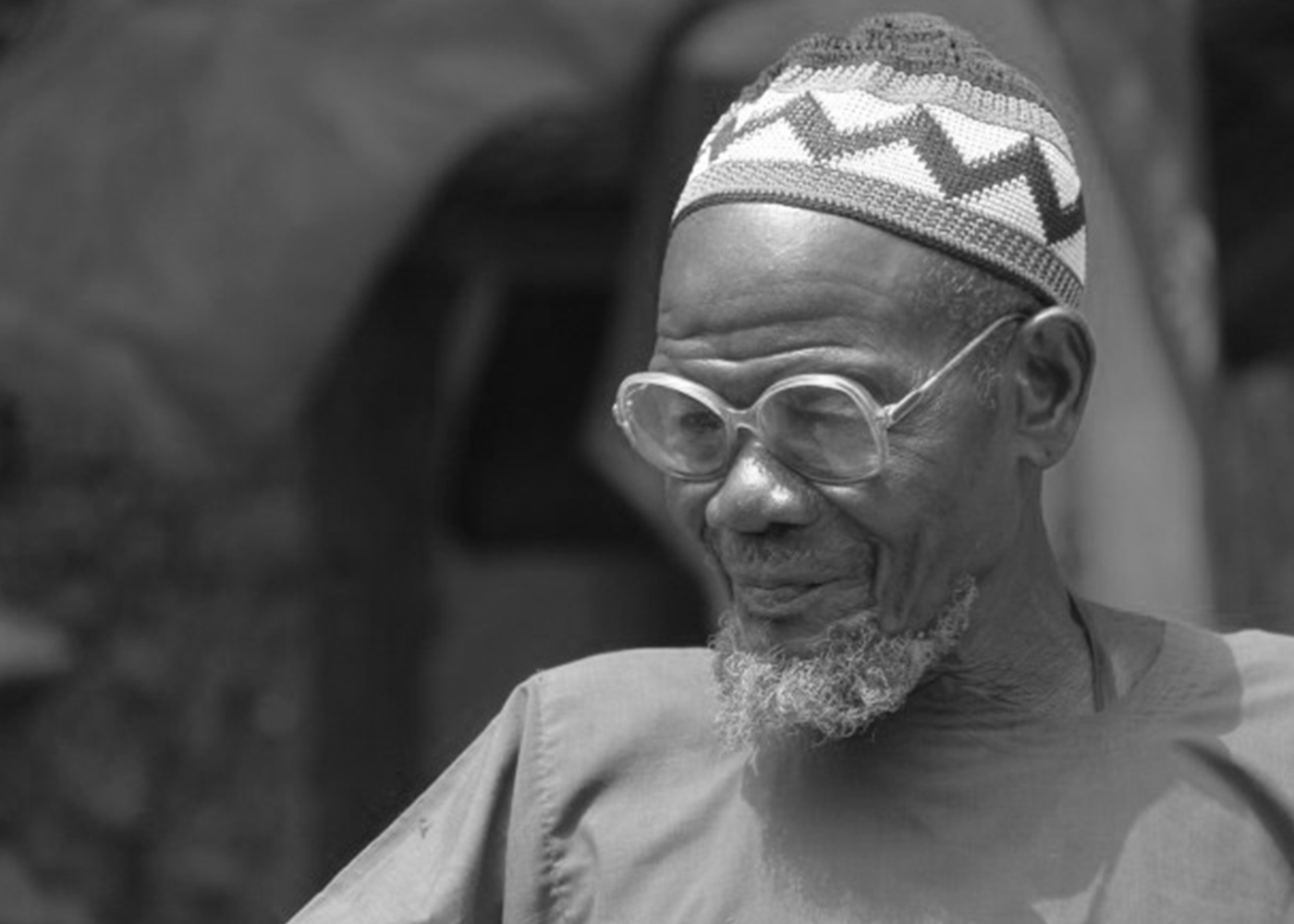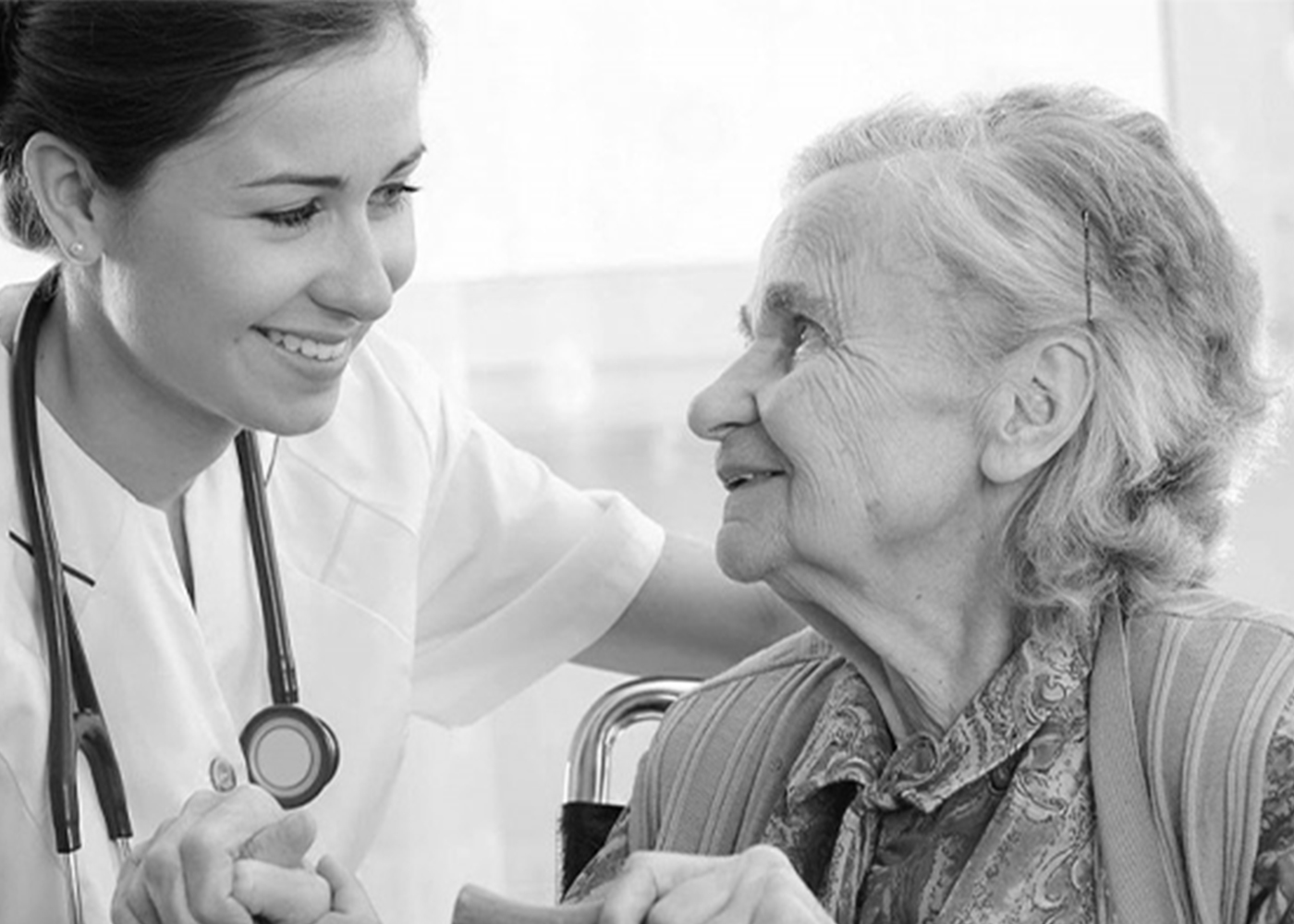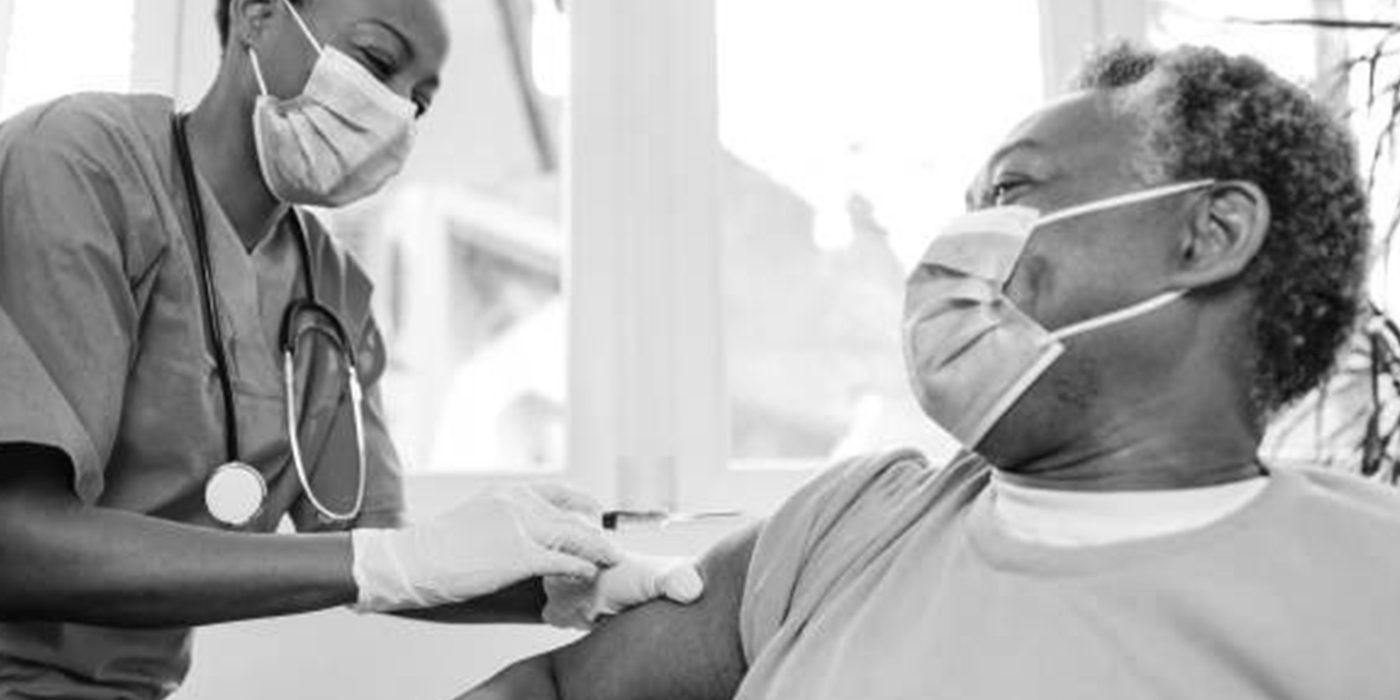What is Geriatrics?
Geriatrics is the medical specialty dedicated exclusively to providing high-quality, patient-centered care for older adults. Older adults have a unique set of issues and concerns which geriatric clinicians are trained to focus upon. Illnesses, diseases, and medications may affect older people differently than younger adults, and older patients may have overlapping health problems that require multiple medications. Geriatricians prevent and manage illnesses and develop care plans that address the special health problems of older adults.
WHAT ARE THE CONDITIONS TREATED BY GERIATRIC PHYSIOTHERAPY?
Geriatric conditions usually include musculoskeletal problems, mental illness, incontinence, impaired senses, balance problems, chronic pain, and sleep deprivation. Physiotherapy treatments have been successful in resolving or managing each of these ailments. Here’s what physiotherapy has to offer to the field of geriatrics. What are the conditions treated by Geriatric Physiotherapists?
Joint Pain
Joints connect bones within your body, bear weight and provide support during movements. Usually, joint pain is caused by injuries, inflammation of the lining of the joint, hemarthrosis, arthritis, STDs, and gout. If the joint pain is left untreated for a longer time, it can restrict mobility and lead to weakness or instability to perform normal activities. Geriatric physiotherapy is the best treatment to help reduce joint pain and improve the stability of the joints.
Generalized Weakness
Generalized weakness is one of the most common issues that almost every individual faces post a certain age. One of the attributes of this is degenerative changes that come with age resulting in poor muscle tone, stiff joints, etc. This is further worsened by the presence of other chronic conditions such as neurological issues, endocrine problems, and musculoskeletal issues. Some of the common causes of generalized weakness are flu, thyroid disease, anemia, depression, lack of sleep, undiagnosed diabetes, congestive heart failure, and medication side effects. Geriatric physiotherapy helps in bringing back physical strength and stability, thereby improving patients’ quality of life.
Postural Instability
Postural instability is a condition of inability to maintain an upright position. In other words, it is the imbalance and loss of righting reflexes that are required to maintain an upright position. Geriatric physiotherapy such as balance exercises can improve postural instability and help patients resume back to their normal state.
Balance Impairment
Balance impairment in the elderly is the loss of normal functioning of muscles and bones. It is most commonly caused due to arthritis and orthostatic hypotension. Other factors causing balance impairment include numbness in feet and legs, eye problems, blood circulation problems, and intake of multiple medicines. Geriatric physiotherapy treatment includes balance exercises to help improve the functions of muscles & bones.


Essential skills for Geriatric Physiotherapist
Older adult care is complex because it comes with multiple conditions requiring knowledge of many specialties. Older adults often develop conditions under musculoskeletal, cardiovascular and neurological disorders.[2] There may be overlaps in these categories, as older adults often have multimorbidities. Due to the ageing effect on the health status of older adults and their disease pattern of presentation, it is advisable that physiotherapy in older adults should be trained in musculoskeletal, neurological and cardiovascular assessment and management of older adults. Essential skills for a physiotherapist specializing in geriatric care should, therefore, include full knowledge of physiotherapy practices in these three categories, focusing on the care of older adults.
Disability is generally regarded as being due to a pathological process, or injury, not prima facie ‘old age’
The effects of biological ageing reduce the efficiency of the body’s systems, but throughout life, optimum function is maintained in each individual by continuing to use these systems to their maximum capacity
Physiotherapists have a key role in enabling older people to use a number of the body’s systems fully to enhance mobility and independence
When neither improvement nor even maintenance of functional mobility is a reasonable goal, physiotherapists can contribute to helping older people to remain comfortable and pain-free
Prevention of the development of problems in later life through health promotion
Just as a pediatrician specializes in the care of children, a geriatrician specializes in the care of older adults. As we age, our bodies’ physiology changes. We react differently to medications, and often experience chronic illnesses or impairments that threaten our independence. A geriatrician is trained to recognize and treat conditions that are unique to older adults. Our geriatricians also provide resources and educational materials that patients can use to maintain healthy lives.
Just as a pediatrician specializes in the care of children, a geriatrician specializes in the care of older adults. As we age, our bodies’ physiology changes. We react differently to medications, and often experience chronic illnesses or impairments that threaten our independence. A geriatrician is trained to recognize and treat conditions that are unique to older adults. Our geriatricians also provide resources and educational materials that patients can use to maintain healthy lives.
Just as a pediatrician specializes in the care of children, a geriatrician specializes in the care of older adults. As we age, our bodies’ physiology changes. We react differently to medications, and often experience chronic illnesses or impairments that threaten our independence. A geriatrician is trained to recognize and treat conditions that are unique to older adults. Our geriatricians also provide resources and educational materials that patients can use to maintain healthy lives.
Geriatric physical therapy is a form of physical therapy specifically geared toward older adults and their unique issues and challenges. Geriatric physical therapy takes into account that older adults tend to become less active over time, experience a decrease in muscle strength, coordination, and reaction timing, and have a lower tolerance for physical activity.
Geriatric physical therapy is different from other types of physical therapy because it focuses more on building strength and endurance in older adults to help in the following ways:
- Keeping active
- Preventing deconditioning (reversal of previous conditioning)
- Preventing muscle atrophy (the wasting away of muscles)
- Decreasing the risk of falls and related injuries
- Maintaining independence in performing daily activities
Geriatric physical therapy can be performed in a variety of settings, including:
- Hospitals and clinics on an outpatient basis
- Inpatient healthcare facilities like nursing homes and rehabilitation centers, as well as assisted living facilities
- At home, which is especially helpful for those with mobility challenges who have difficulty getting out
Most geriatric physical therapy is performed on an outpatient basis and covered by Medicare Part B. Home care services are also covered under Medicare Part B, while inpatient services are covered under Medicare Part A. For older adults not covered under Medicare, physical therapy can also be partially or fully covered by commercial insurance plans and state-funded Medicaid plans based on medical necessity.
